Cathedrals of Culture | Berlin Film Festival 2014
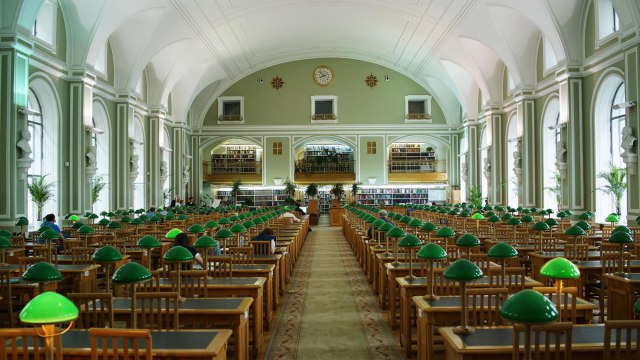
Premiered in this year’s Berlinale special section, Cathedrals of Culture is a gigantic piece of work – in both its length of 158 minutes, and its all-encompassing idea. Six chosen directors – one of them Wim Wenders, who is also the executive producer of the film – chose a unique piece of architecture, and tried to convey the building’s inner dynamics, specifics and the very soul beyond its walls, with the help of stereography by Josephine Derobe. As the idea goes, buildings are our modern cathedrals of culture: they are time-resistant, one could say immortal, and they require the top knowledge and dedication to come into existence. If buildings could talk, what would they say about us?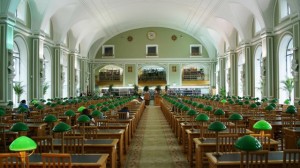
Wenders begins with the Berlin Philharmonic, which was the first philharmonic in the world designed to put the conductor at its centre, and the orchestra and audiences all around. As we explore its space, acoustics and daily workers, the Berlin Philharmonic narrates its history and reveals all the reasons to be appreciated, embodied by the voice-over of nice older lady.
The following is Michael Glawogger with the National Library of Russia, which looks far more magnificent from the inside then it does from the outside. “Architecture films often show architecture in the sense that I see a bare house, which to me in a way is an empty house, and there is no house fuller than a library, because library is full of human thoughts,” shares Michael. He ventures inside the pages of various books, always surprised to find something unexpected, and interviews workers to find out how this hive of knowledge functions.
The third section is by Danish conceptual filmmaker Michael Madsen – the most creative and radical interpretation of a “cathedral of culture” in the whole film. Madsen chose to shoot Halden Prison in Norway – it was opened in 2010 and labelled by Time magazine “the world’s most humane prison”. Unlike other prisons, Halden is designed not to convey an oppressive sense of power and order, but to simulate the real world and help the convicted to become better people and hopefully re-integrate into society. “In a prison it becomes visible how a society choses to treat its own population in the extreme measure of forced exclusion”, Madsen explains the reason for his choice. The stereoscopic journey through basketball and tennis courts, running fields, mini-supermarkets, equipped workplaces and education centres is intensified by the voice-over always reminding us that this is nevertheless a prison with a very strict order, and one of the highest security levels in the world. Do not be mistaken by prisoners and wardens friendly shaking hands or playing basketball – big brother is watching your every move.
The next section is presented by Hollywood actor, director and producer Robert Redford (whose most recent performance you are yet to see in J C Chandor’s survival epic All Is Lost). It is the Salk Institute – a “monastery” on the California coast that opened up a possibility for scientists to work in tune with nature and unfettered by the distractions of the modern world. Designed in 1959 by virologist Jonas Salk and architect Louis Kahn, it is both modern and timeless. The movie, set to relaxing tunes of Moby, contemplates how the space and environment of Salk Instutute affect scientists’ minds and inner-state.
Norwegian journalist and documentary filmmaker Margreth Olin buries us in theatrical joys of the Oslo Opera House, designed in 2008, which dramatises the symbiosis of art and life. Thousands of feet walk the Opera House’s roof every day – it became like an ant-farm, where life continuously happens all around, but the real magic of theatre, performance and dance that pushes the blood of creativity through its veins – only deep inside. As Margreth explains, you can “walk on it and over it, around it and into it. Arrival and departure. This is the neighbourhood of dreams.” The segment explores this buzzing atmosphere, and offers aesthetically wonderful glimpses into the dreams that inhabit the stage.
Before the sixth segment, the viewers start standing up thinking that it was the end – the signal that however spectacular the imagery and narrations might be, this magnum opus feels a bit out-stretched. But before we know it, Karim Ainouz, Brazilian architect and director, pulls us into the world of art, glass tube elevators and neon signs of the Centre Pompidou. Like a little airport where nothing and no one stays permanently, the Centre opens up a space for magnificent encounters between men and art. Watching the art pieces and sculptures built and tore down is the most interesting experience.
Cathedrals of Culture is born out of a genuine, educational idea that is luckily widely open to interpretation. Watching the proof of the heights that 21st century’s culture finds itself is both refreshing and rewarding. If not the length of the film, which feels dragged on, this would be a perfect evening’s meditation.
Ruta Buciunaite
Read our interview with director Michael Madsen here.
Read more reviews from Berlin Film Festival here.
For further information about the festival, visit the official website here.

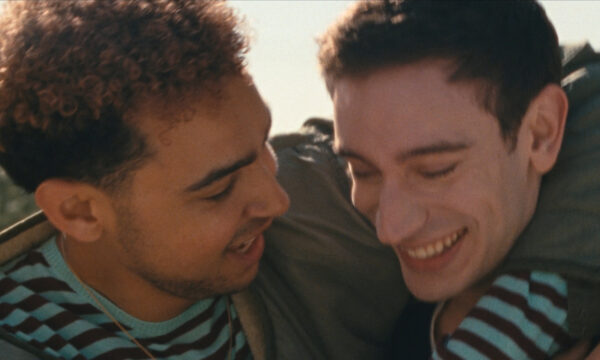
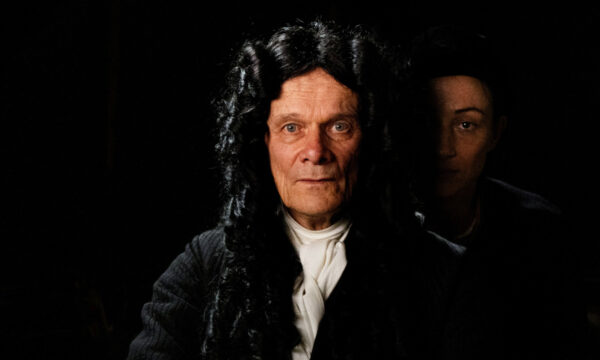
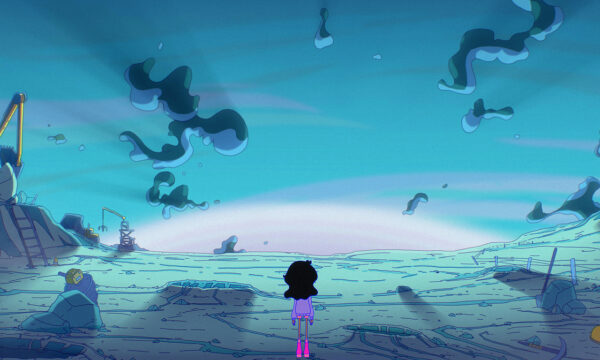
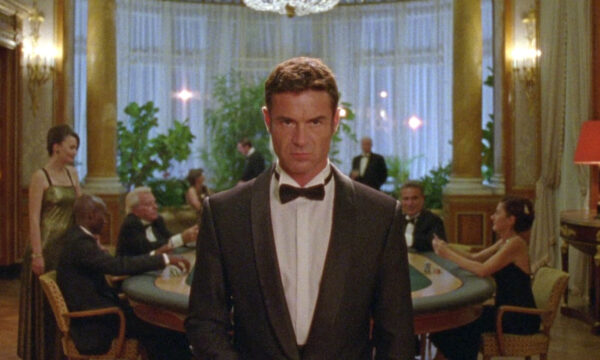
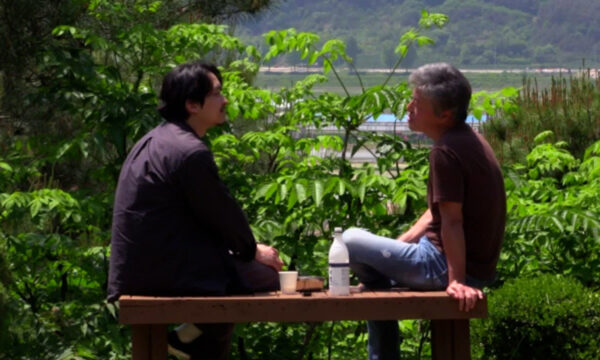
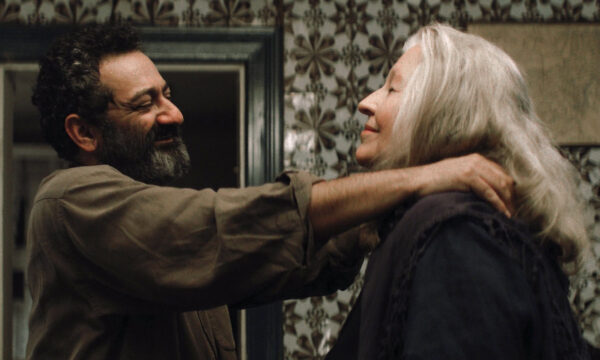
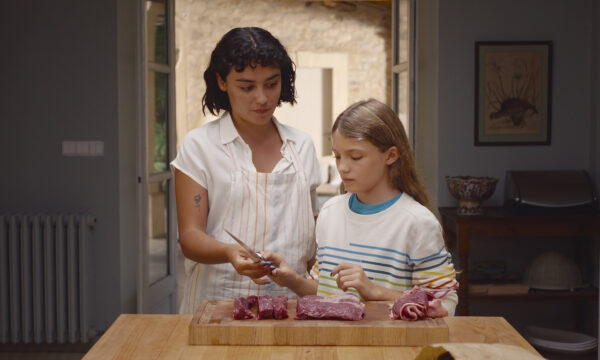
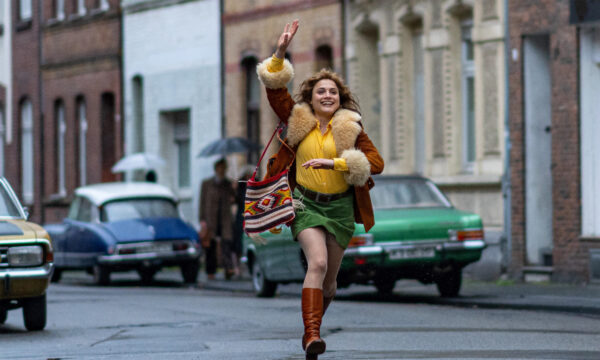
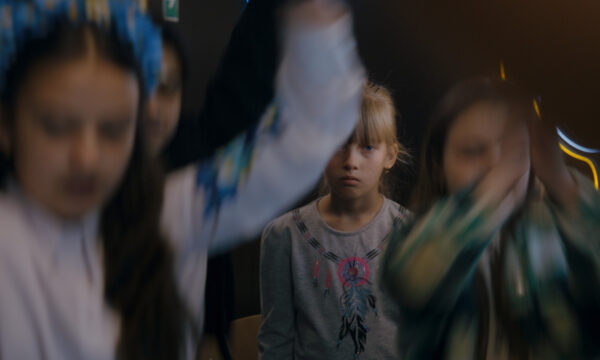







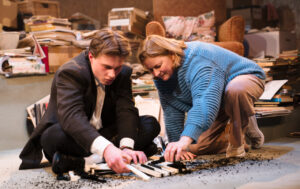
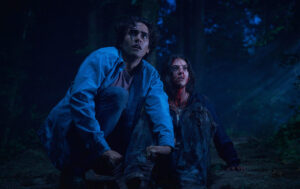
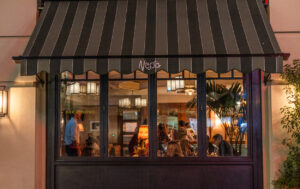



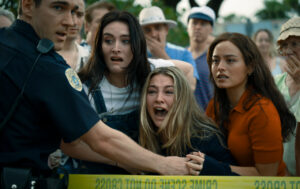

Facebook
Twitter
Instagram
YouTube
RSS